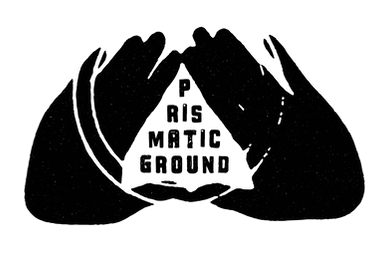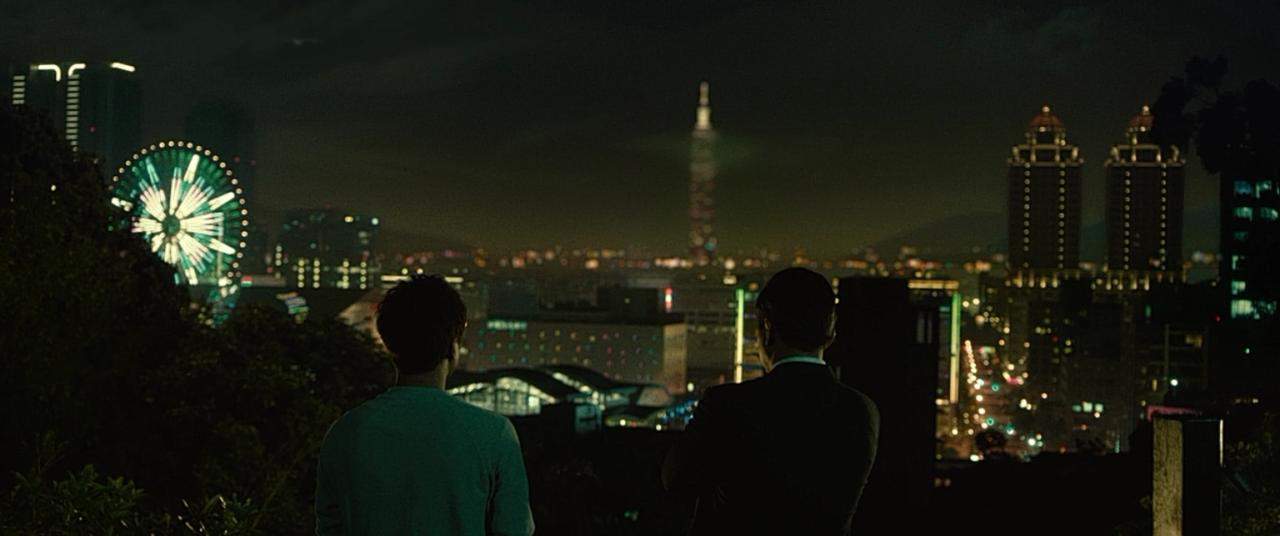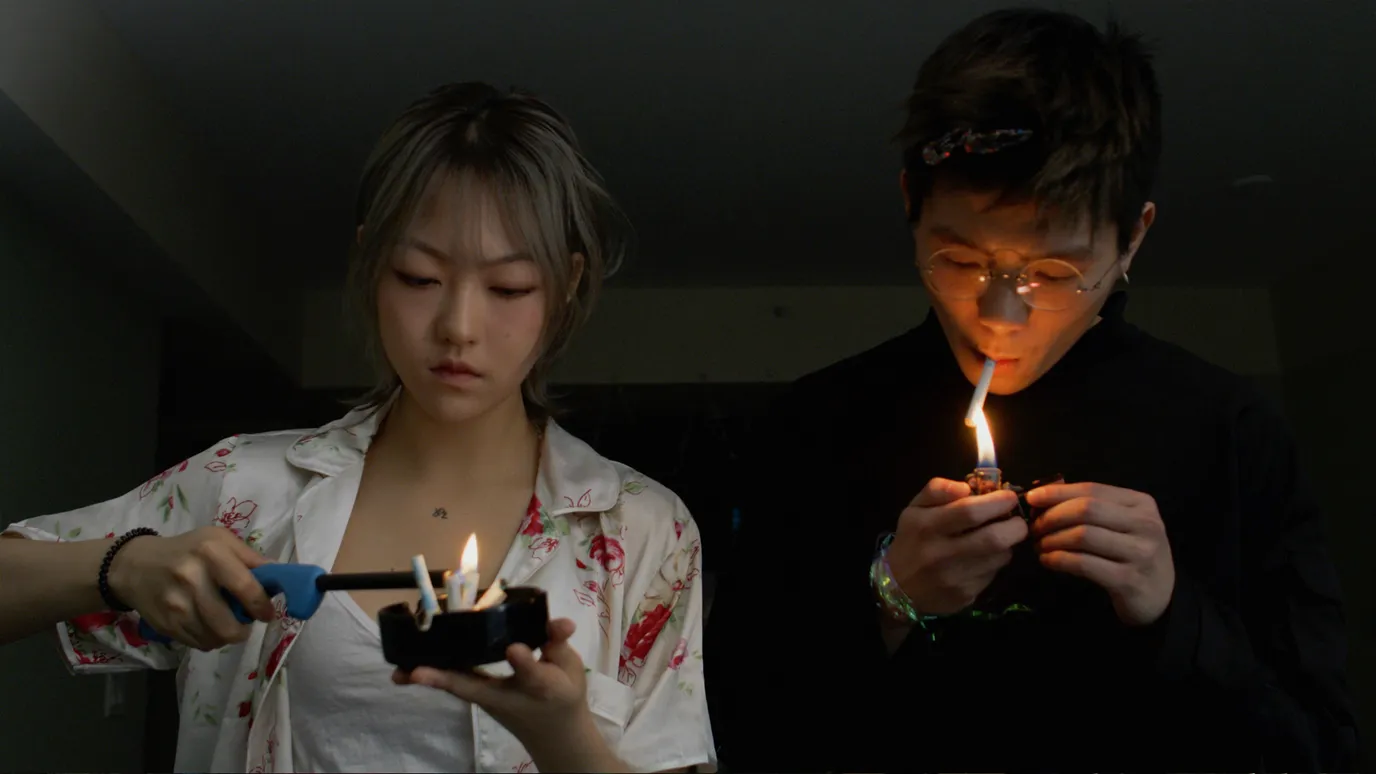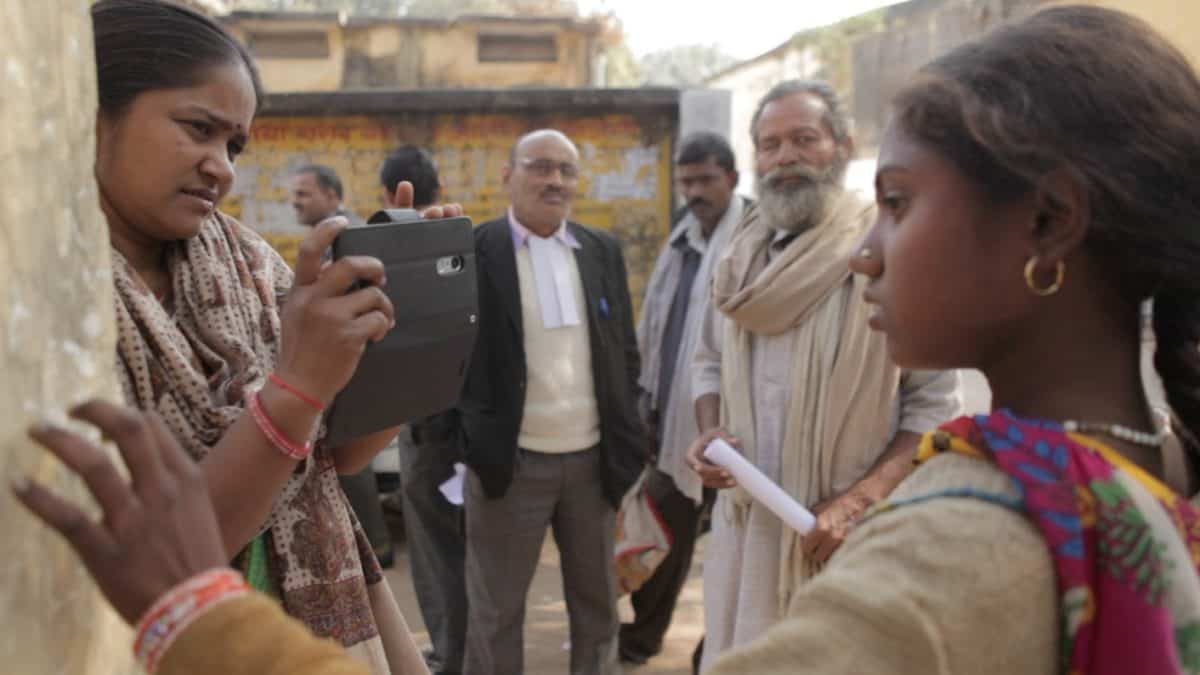Meena Nanji's experimental short “It Is a Crime” deals with British colonialism and cultural imperialism in India and more precisely, the erasure of South Indian languages by the British and its long-lasting consequences.
It Is a Crime is screening on Prismatic Ground

Nanji's short consists of brief shots from different British and American movies which rehash a few of cliched tropes about India as a place of mystique, violence, and exoticism. On top of this barrage of cliches is shown an excerpt of Shani Mootoo's poem “It Is a Crime” that reads “it is a crime that I should have to use your language to tell you how I feel that you have taken mine from me. something brews inside me No language can describe but when I find my voice I must take great care not to shout so loudly in your direction so that I do not do to you what you have done to me.”

This is very kinetic and at times even violent short. The violence comes through the rapid editing, superimposition, and fragmentation of the screen that feels heavy and even overbearing at times. We see white characters ruling over Indians or even worse, pretending to be South Asians, whereas the latter are kowtowing and serving their white masters. The inclusion of Nanji on the white actors in “Indian” garb shows a very important aspect of British colonial rule and cultural imperialism – the hijacking of South Asian identities by white actors and the denial to natives to even play or portray themselves.
Apart from visually, the short speaks of the British colonialism and Western cultural imperialism through the aforementioned excerpt from Shani Mootoo's poem. Words from it slowly and calmly appear on the screen, creating a sensed juxtaposition with the violent and violently presented visuals. This speak volumes about the difference in mentality and maturity between the white colonialists and the South Asian subjects. Whereas the colonists are brash, loud and destructive, both of their subjects' identity and language, the Indians are subtler and more mature. Yet there is also this feeling that once they get their language, or rather their voice back, they won't release their pent up anger, which will just continue the current deplorable status quo.
The attitude of the director towards the visual depictions is best seen at the exact end of the short. There, instead of stating which movies she has used in the piecing of her work, she simply states that she has used “footage taken from a bunch of films made in Britain and Hollywood”. Though there is an undeniable defiance in this attitude of disrespect towards the source material, there is a deeper, much more important undercurrent. Her use of “bunch” saying nothing less than the fact that it doesn't matter which movies she uses, because all of them are virtually identical. They show and perpetuate the same orientalist depictions of an India under control. They rehash the same few terrible images and nothing else. And something more, there is also the impression that they will continue doing it, possibly forever, until one day the subjects of the cultural imperialism finally find a voice and express themselves.















